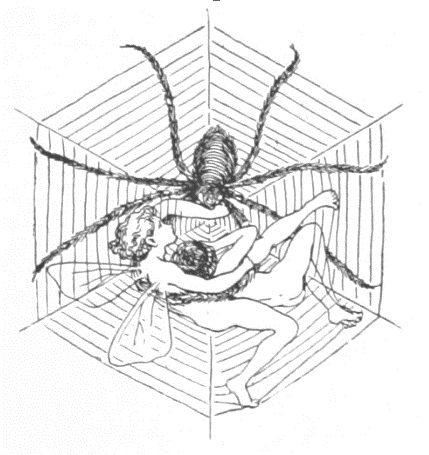Digital History at the Institut für Geschichte
Are you interested in learning more about the theory and practice of Digital History? Are you interested in knowing more about the ways that digital technologies are expanding our opportunities to research, teach, communicate and know more about the past?
Each year, the Humanities Data Science and Methodology (HDSM) specialist area of the Institut für Geschichte offers you a range of courses on digital history and digital humanities. A rich offering of course formats, including lecture series, methods courses and seminars give you not only a solid intellectual orientation in digital history but also the opportunity to apply digital methods to historical course materials. Moreover, HDSM has recently set up an OpenLearnWare channel, which is freely accessible to students within and outside TU Darmstadt and gives you an excellent insight into the kinds of research-led teaching and learning that you can pursue here in HDSM.
Opportunities to write your master’s dissertation and PhD thesis under our supervision also exist and you should contact us to make an appointment to discuss this further if interested. Below is an overview of the classes we offer each year – not every class is offered each year so you can check the TU Darmstadt course catalogue to learn more about the classes that are available to you each semester.
Examples of completed Master’s theses
- The digital approaches to detecting and analysing propaganda in historical newspapers: the Kyiv example (1941 – 1943).
- The Louvre in the Digital Dimension: The Evolution of a Museum’s Website Virtual museum as an environment for Cultural Heritage representation History of Fandoms: Cultural cybersocieties and their evolution on the web (1996-2020)
Areas we are open to supervising:
- Digital History
- Web-history
- Museums on the web
- Virtual museology
- Digital Heritage
- History of Information Society
Das Lehrangebot im Humanities Data Science and Methodology
Our teaching is primarily offered in the context of the Data and Discourse Studies MA.
This interdisciplinary programme focuses on discourse analysis with a focus on research data.
The Chair of Humanities Data Science and Methodology contributes especially to the research data aspects of this MA, exploring central concepts, applications and methods of digital humanities and digital history research data.
For more information about this programme see here.


















